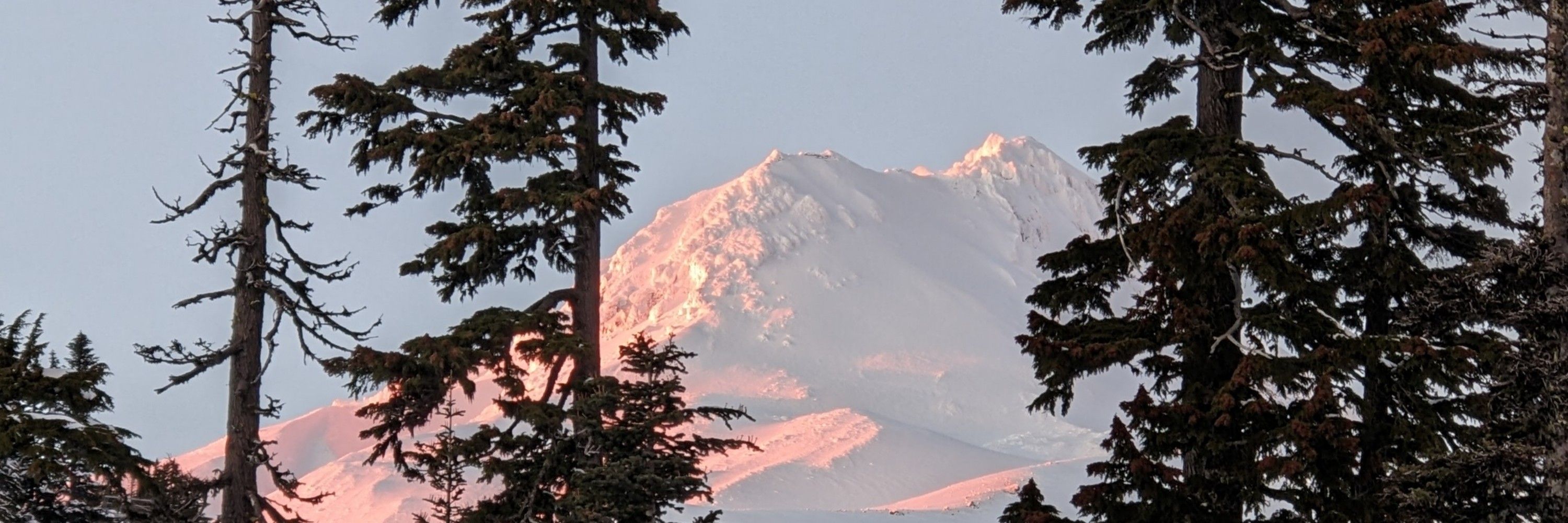
postdoc @ UT Austin working remotely from the Pacific Northwest
(views my own)
robinrohwer.com

I was met with derision when I asked about early vaccination. After seeing how parents are treated when requesting a "nonstandard vaccination schedule" I feel like I understand why parents become antivax.

I was met with derision when I asked about early vaccination. After seeing how parents are treated when requesting a "nonstandard vaccination schedule" I feel like I understand why parents become antivax.
So nice to be back in Texas for a week, see my labbies IRL and learn some new things

So nice to be back in Texas for a week, see my labbies IRL and learn some new things


Here's an example, similar length but count the total functions outside of core syntax:
dplyr: 10
group_by(), summarize(), sum(), arrange(), desc(), slice_head(), pull(), mutate(), ifelse(), %in%
data.table: 3
sum(), order(), %in%

Here's an example, similar length but count the total functions outside of core syntax:
dplyr: 10
group_by(), summarize(), sum(), arrange(), desc(), slice_head(), pull(), mutate(), ifelse(), %in%
data.table: 3
sum(), order(), %in%
Turns out, it was a lot of genes involved in org-N metabolism. Maybe we should think about org-N more!

Turns out, it was a lot of genes involved in org-N metabolism. Maybe we should think about org-N more!
(10/n)

(10/n)
Its abundance stayed pretty constant, there was not an unusual influx of new SNVs (no big migration event), but when strain diversity increased (more evenness) more genes also came under positive selection!
(9/n)

Its abundance stayed pretty constant, there was not an unusual influx of new SNVs (no big migration event), but when strain diversity increased (more evenness) more genes also came under positive selection!
(9/n)
2012 was extremely hot and dry. environmental extremes like this are expected to increase with #climate change.
(8/n)

2012 was extremely hot and dry. environmental extremes like this are expected to increase with #climate change.
(8/n)
These Nano's are the most abundant bacteria in most lakes, globally, by a lot! (aka acI)
(7/n)

These Nano's are the most abundant bacteria in most lakes, globally, by a lot! (aka acI)
(7/n)
We identified gradual change, step change, and disturbance patterns.
1 in 5 genomes had long-term changes in strain composition.
This could be interpreted as widespread evolution within microbiomes on decadal time scales #EcoEvo
(6/n)

We identified gradual change, step change, and disturbance patterns.
1 in 5 genomes had long-term changes in strain composition.
This could be interpreted as widespread evolution within microbiomes on decadal time scales #EcoEvo
(6/n)
(5/n)

(5/n)
(4/n)

(4/n)
85,000 bins
30,000 MQ or HQ
2800 unique species reps
and a ton of the difficult to assemble but super abundant freshwater Actinobacteria!
I calculated this would've taken 34 years on my laptop
(3/n)

85,000 bins
30,000 MQ or HQ
2800 unique species reps
and a ton of the difficult to assemble but super abundant freshwater Actinobacteria!
I calculated this would've taken 34 years on my laptop
(3/n)
For more on these microbiome samples, see www.biorxiv.org/content/10.1...
(2/n)


For more on these microbiome samples, see www.biorxiv.org/content/10.1...
(2/n)



🌎

🌎







